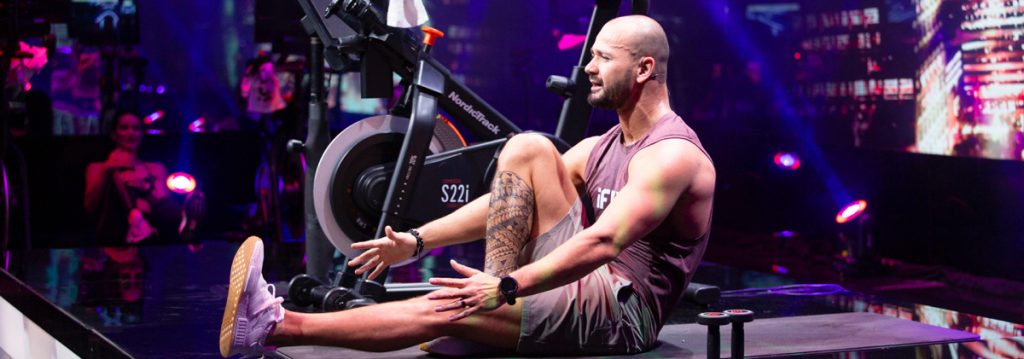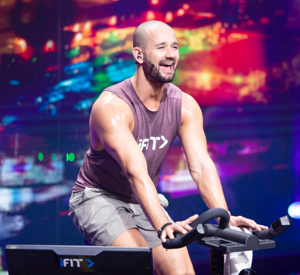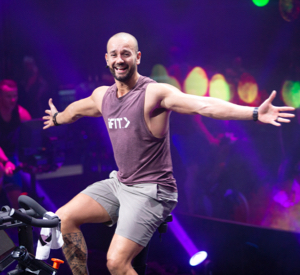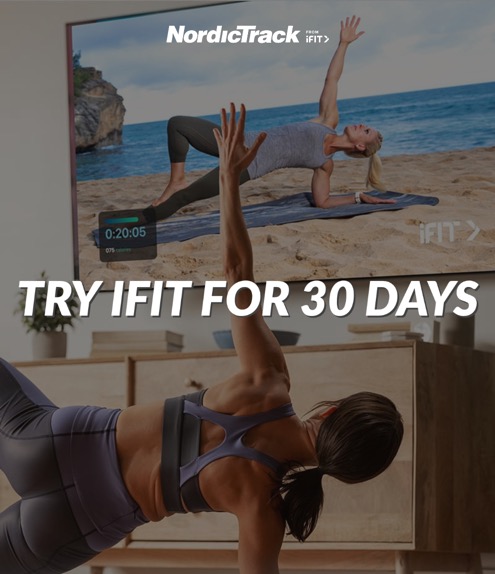
One of the best ways to get a nice cardio workout and burn calories on a busy schedule is through indoor cycling. However, just like exercising on a treadmill, there’s a right and wrong way of doing things. Doing the wrong moves will not only negate the benefits of indoor cycling, but also cause injury.
Here are 8 common exercise bike mistakes you’re probably making, and some quick fixes:
Bike Mistake #1. Your bike isn’t properly adjusted.
Having an improperly adjusted bike can throw off your whole ride. Ensure your saddle height is even with your hips when you’re standing on the floor. If the saddle is too high, your knees will be forced to overextend, potentially injuring the joints as well as your hips and back. If it’s too low, you risk straining your lower back and knees. One study followed up with this information stating that without proper adjustments to your seat saddle, you are at higher risk for knee injuries and a low cycling performance.
Bike Mistake #2. Your riding position is all wrong.
The general rule of thumb is to maintain a relaxed posture while riding. Keep your butt on the seat, bend your knees slightly, and bring your hands to rest gently on the handlebars ensuring that your neck, arms, and shoulders remain relaxed to avoid soreness and muscle fatigue.
Three bike riding positions have been found to be the most aerodynamic and comfortable for riders, according to a study. In the study, researchers found that the three optimal riding positions were: upright on the handlebars, on the brake levers, and on the drops would provide less pressure on the back, minimizing lower back pain.
Bike Mistake #3. Not moving your hips.
You might be tempted to engage your quads by keeping your hips still while riding, but this will only hurt your hamstrings and put your knees and joints under intense pressure. Instead, engage your core, keep your back straight, minimize upper body movement, and move those hips.
David J.S. Wadsworth B.Phty and Patrick Weinrauch, MBBS stated in the International Journal of Sports Physical Therapy:
“Poor positioning, which is the major extrinsic risk factor for overuse injuries of the hip in cyclists, has the potential to alter biomechanics and neuromotor control in a manner which places excessive load on the athletes’ hip relative to their functional capability.”
This research study was done to inform riders that without a properly fitted bike, there is an added risk to develop hip problems and complications.
Bike Mistake #4. Using extremely high resistance on your bike.
There’s a misconception that riding with higher resistance will make your thighs bulkier. However, tension that makes it difficult for you to turn the pedals can damage the bike and hurt your knees, so adjust it.
Bike Mistake #5. Cycling too fast.
Indoor cycling isn’t a race, so there’s no need to go faster than 120 RPM (revolutions per minute) during your ride. Pedaling at a steady pace of 80-120 RPM will allow you to work up a good sweat minus the risk of flying off your seat.
Bike Mistake #6. Wearing the wrong gear.
Jeans and flip-flops are not a good idea on an exercise bike. You’ll need a light, breathable top or t-shirt to keep you cool and non-baggy clothing (tights or shorts) that allow you to pedal freely. Ladies, a good sports bra is your friend. You’ll also want to keep a towel and a bottle of water handy.
Bike Mistake #7. Over-training.
It may be hard to think that there’s such a thing as over-training, but there is. And for cyclists, this occurs when they train beyond their capabilities of recovery––leading to work against you rather than for you. So, be sure to give yourself enough time to recover in between your workouts.
Bike Mistake #8. Not stretching after riding.
For those of you who ride quite often, you may be very familiar with the pain and stiffness that comes with consistent riding. This pain is due to the stiffness in your hip rotator muscles because they continue to stay in a fixed position during the entire duration of your ride––never having to open up the hip joint–– so it is ever so important to incorporate stretching into your regular routine.
Once a ride is finished, the recovery begins with adequate stretching. Dash Physical Therapy’s physical therapist, Marisa R. D’Adamo, states that some of the best stretching exercises for this group muscle are across-the-body stretch or a ball and pressure point stretch. Both of these exercises can adequately stretch your muscles to start the recovery process post-ride.
Whether you’re a new rider or a regular cyclist, each rider can benefit from learning and avoiding these exercise bike mistakes, and make each workout count!
DISCLAIMER: This post is not intended to replace the advice of a medical professional. The above information should not be used to diagnose, treat, or prevent any disease or medical condition. Please consult your doctor before making any changes to your diet, sleep methods, daily activity, or fitness routine. NordicTrack assumes no responsibility for any personal injury or damage sustained by any recommendations, opinions, or advice given in this article.
Sources:
https://www.nordictrack.com/treadmills
https://pubmed.ncbi.nlm.nih.gov/21615188/
https://www.ncbi.nlm.nih.gov/pmc/articles/PMC4738870/
https://www.ncbi.nlm.nih.gov/pmc/articles/PMC6818133/
https://cyclingtips.com/2013/08/how-to-identify-and-avoid-over-training/
https://www.healthline.com/health/fitness-exercise/stretches-for-cyclists




